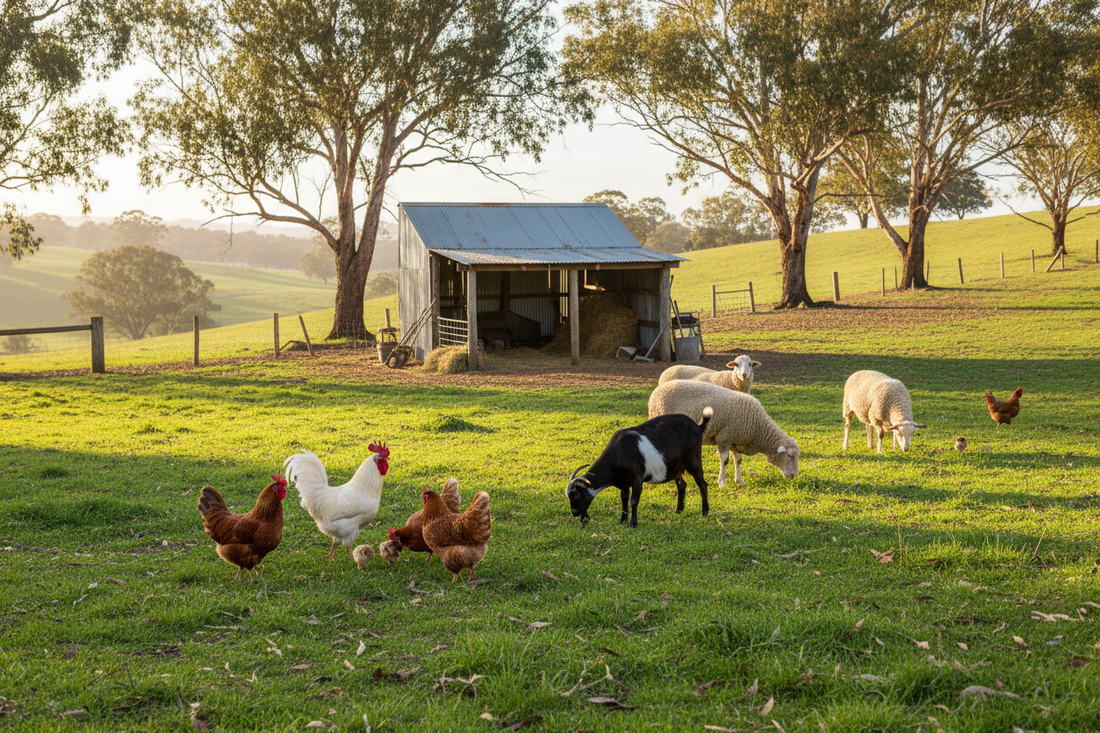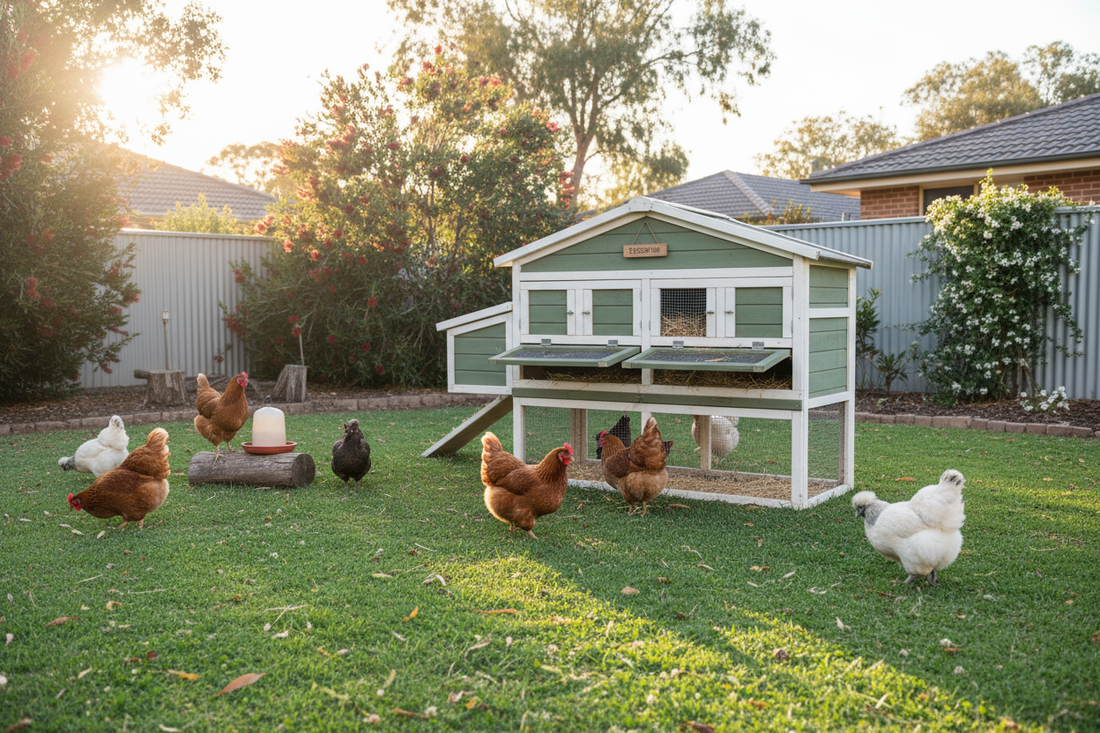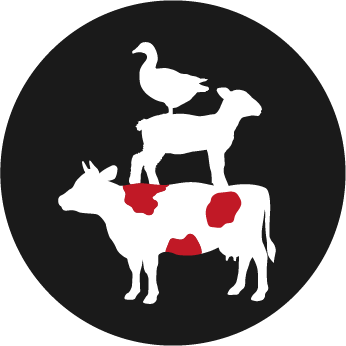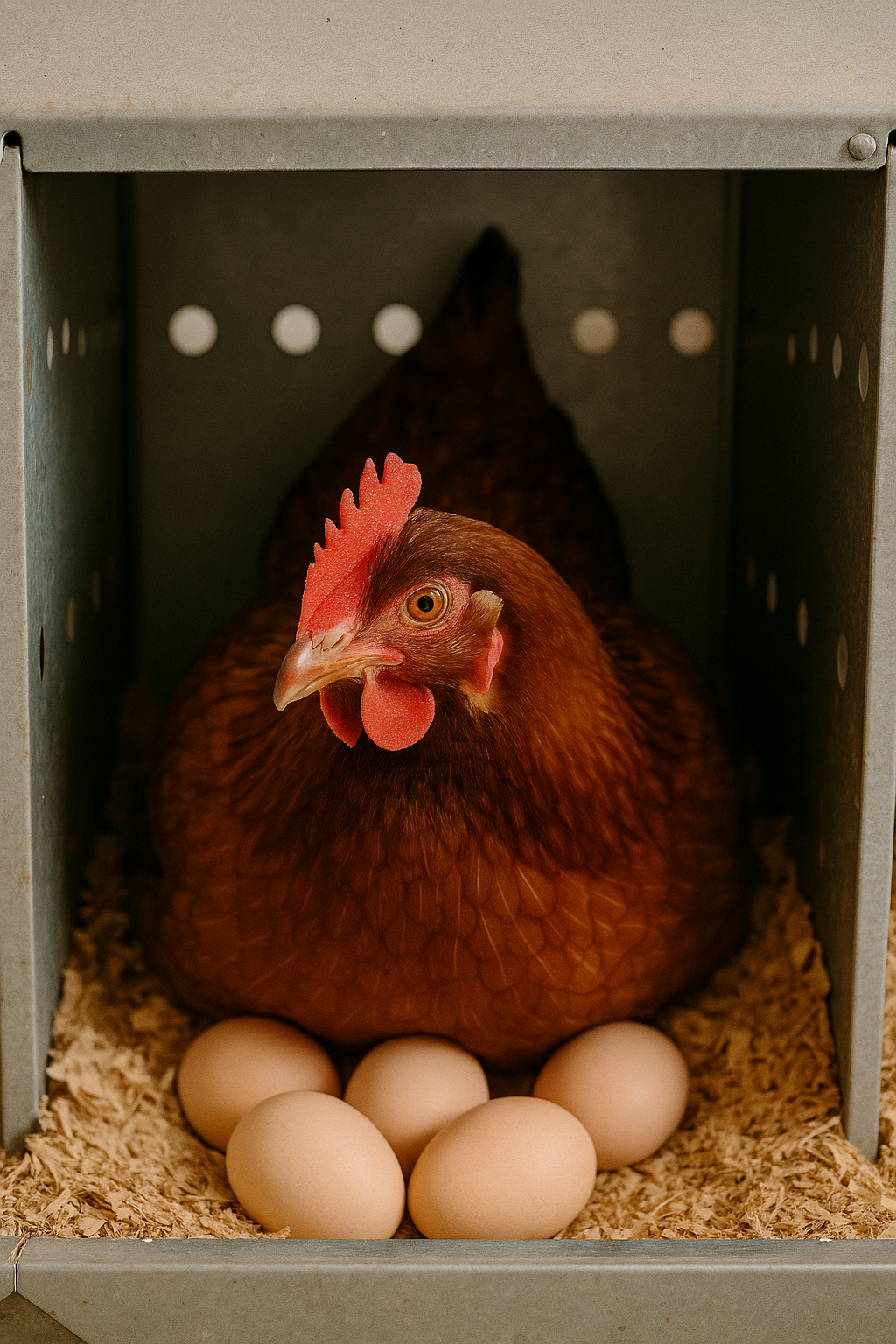
Beginner's Guide to Raising Livestock on Small Acreage in Australia
Dreaming of a self-sufficient lifestyle on your small rural property? Raising livestock on limited acreage is more achievable than you might think. Whether you have 2 acres or 20, this comprehensive guide will help you get started with confidence, covering everything from choosing the right animals to essential care and management practices.
How Much Land Do You Really Need?
One of the biggest misconceptions about livestock farming is that you need vast amounts of land. While more space is always beneficial, many animals thrive on small acreages with proper management.
General Guidelines:
- Chickens: 1-2 square metres per bird in the coop, 2-3 square metres in the run
- Ducks: Similar to chickens, plus access to water for swimming
- Goats: Minimum 200-400 square metres per goat, depending on pasture quality
- Sheep: 5-10 sheep per acre on good pasture
- Cattle: 1-2 acres per cow, depending on pasture quality and supplemental feeding
- Pigs: 40-80 square metres per pig with shelter and outdoor access
Remember, these are minimums. Better pasture management and rotational grazing can increase carrying capacity significantly.
Choosing the Right Livestock for Your Property
Start with Chickens
Chickens are the perfect gateway livestock for beginners. They're relatively low-maintenance, provide fresh eggs daily, and help control pests in your garden. A small flock of 4-6 hens requires minimal space and can be managed with just 15-20 minutes of daily care.
Best for: Complete beginners, small properties, families wanting fresh eggs
Consider Goats
Goats are intelligent, personable, and excellent for brush control. They're smaller than cattle, making them ideal for limited acreage. Dairy goats provide milk, while meat breeds offer sustainable protein. However, they're escape artists and require secure fencing!
Best for: Properties with brush to clear, those wanting dairy products, experienced animal handlers
Sheep for Wool and Meat
Sheep are docile, relatively easy to manage, and provide wool, meat, and natural lawn maintenance. They're social animals, so you'll need at least two. Australian breeds like Merinos or Dorpers are well-suited to our climate.
Best for: Larger small acreages (5+ acres), those interested in wool production, pasture management
Cattle - The Big Commitment
Cattle require more land, infrastructure, and investment, but can be rewarding for those with adequate space. Consider starting with a single weaner calf to raise for beef, or a house cow for milk if you're experienced.
Best for: Properties 5+ acres, experienced livestock handlers, long-term commitment
Ducks and Geese
Often overlooked, ducks and geese are hardy, excellent foragers, and provide eggs and meat. They're particularly good for pest control (especially slugs and snails) and require less intensive housing than chickens.
Best for: Properties with water features, those wanting low-maintenance poultry, pest control
Essential Infrastructure and Setup
Fencing is Your First Priority
Good fencing is non-negotiable. It keeps your animals safe from predators, prevents escape, and protects neighbouring properties. Requirements vary by species:
- Chickens/Ducks: 1.8m high chicken wire or netting, buried 30cm to deter digging predators
- Goats: 1.2-1.5m high stock fencing with electric wire (they're climbers and jumpers!)
- Sheep: 1m high sheep netting or 5-strand plain wire
- Cattle: 1.2m high post and rail or 4-5 strand barbed/plain wire
Shelter and Housing
All livestock need protection from extreme weather. In Australia, this means shade in summer and wind/rain protection in winter.
- Poultry: Secure coops with nesting boxes, roosts, and predator-proof latches
- Larger livestock: Three-sided shelters, sheds, or natural windbreaks
- Flooring: Well-drained areas with appropriate bedding
Water Supply
Clean, fresh water is essential. Plan for:
- Automatic waterers or troughs that are easy to clean and refill
- Backup water sources in case of equipment failure
- Frost-free options in cold climates
- Adequate capacity for your herd/flock size
Feed Storage
Proper feed storage prevents waste, pest infestations, and spoilage. Invest in:
- Rodent-proof containers or bins
- Dry, well-ventilated storage areas
- Raised platforms to prevent moisture damage
Daily Care and Management
Daily Tasks
- Check and refill water
- Provide appropriate feed
- Visual health checks
- Collect eggs (if applicable)
- Secure animals at night (poultry)
Weekly Tasks
- Clean housing and bedding
- Check fencing for damage
- Monitor pasture condition
- Inspect for parasites or health issues
Seasonal Tasks
- Shearing (sheep, some goats)
- Hoof trimming
- Vaccinations and worming
- Pasture rotation and maintenance
- Breeding management
Feed and Nutrition Basics
Proper nutrition is fundamental to healthy livestock. Most animals need:
Pasture and Forage
Good quality pasture should form the basis of most livestock diets. Implement rotational grazing to maintain pasture health and maximise carrying capacity.
Supplemental Feed
During dry seasons or when pasture quality drops, supplement with:
- Quality hay or silage
- Grain mixes appropriate to species and life stage
- Mineral supplements
Special Considerations
- Chickens: Layer pellets, grit, and shell for egg production
- Goats: Browse, hay, and minerals (copper is essential)
- Cattle: Pasture, hay, and mineral licks
- Sheep: Pasture, hay, and appropriate minerals (avoid copper)
Health Management
Find a Good Vet
Establish a relationship with a rural or large animal vet before you need one. They'll help with:
- Vaccination schedules
- Parasite control programs
- Emergency care
- Breeding advice
Common Health Issues to Watch For
- Parasites (internal and external)
- Respiratory problems
- Foot problems (especially in wet conditions)
- Nutritional deficiencies
- Injuries from fencing or other animals
Basic First Aid Kit
Keep these essentials on hand:
- Antiseptic spray or powder
- Bandages and gauze
- Thermometer
- Electrolytes
- Worming treatments
- Vet's phone number!
Legal and Regulatory Considerations
Before bringing livestock home, check:
- Local council regulations: Zoning laws, minimum lot sizes, and permitted animals
- Biosecurity requirements: Property Identification Codes (PIC), National Livestock Identification System (NLIS)
- Movement permits: Required when transporting livestock
- Neighbour considerations: Noise, odour, and boundary setbacks
Common Beginner Mistakes to Avoid
1. Starting Too Big
Begin with a small number of one species. Master the basics before expanding.
2. Inadequate Fencing
Cheap fencing costs more in the long run. Invest properly from the start.
3. Poor Pasture Management
Overgrazing damages pasture and reduces carrying capacity. Implement rotational grazing early.
4. Buying Cheap or Sick Animals
Start with healthy, quality stock from reputable breeders. It's worth the investment.
5. Underestimating Time Commitment
Livestock need daily care, every day, regardless of weather or holidays. Plan accordingly.
6. Neglecting Biosecurity
Quarantine new animals, control visitor access, and maintain good hygiene practices.
Your First Steps
Ready to start your small acreage livestock journey? Here's your action plan:
- Research and plan: Choose your first species based on your goals, space, and experience
- Prepare infrastructure: Build or repair fencing, shelters, and water systems
- Get legal: Obtain necessary permits and registrations
- Connect with others: Join local farming groups, find a mentor
- Start small: Begin with a manageable number of animals
- Keep learning: Attend workshops, read books, and learn from experience
The Rewards of Small Acreage Livestock
While raising livestock requires commitment, the rewards are immense:
- Fresh, ethically-raised food for your family
- Connection to the land and natural cycles
- Teaching children about responsibility and where food comes from
- Sustainable land management
- A fulfilling, purposeful lifestyle
Remember, every experienced livestock farmer was once a beginner. Start small, learn continuously, and don't be afraid to ask for help. Your small acreage farming journey starts with a single step—or in this case, a single chicken, goat, or sheep!
At Pet and Rural Supply Co, we're here to support your livestock journey with quality feed, supplements, equipment, and expert advice. Whether you're raising your first flock of chickens or expanding to larger livestock, we have everything you need. Visit us in-store or browse our rural supplies online.
What livestock are you planning to raise on your property? We'd love to hear about your plans!





